
Why Eating Healthy Is Important
Healthy eating is the consumption of a balanced diet with correct amounts of carbohydrates, proteins, lipids and other micro nutrients. The portion size should be able to provide the daily energy requirement according to individual workload, weight targets and medical condition. In the 21st century, one of the biggest challenges for humanity is fighting against the rise of non-communicable diseases (NCD). These diseases include cardiovascular diseases (among which stroke and ischemic heart diseases are the most common in terms of mortality), diabetes, hypertension, and cancer. In developing countries, the increasing burden of NCD is pushing the limits of the available health services. According to the Non communicable Diseases profile of the World Health Organization, the major dietary risk factors for NCDs are obesity, cholesterol levels, and lack of fruit and vegetable consumption. In addition to the availability of unhealthy high-caloric food items in the open market, certain myths regarding healthy dietary practices have cropped up both aided and unaided by entities with profit in mind. It is useless to spend extra for special "healthy foods" and the solution is to know how much energy you need and get it by combining foods to form a balanced diet.
- Important notification about information and brand names used in this slideshow!
- Photo courtesy of Brenderous by Flickr : www.flickr.com/photos/brenderous/6129375886/
- World Health Organization Annual health bulletin 2011.
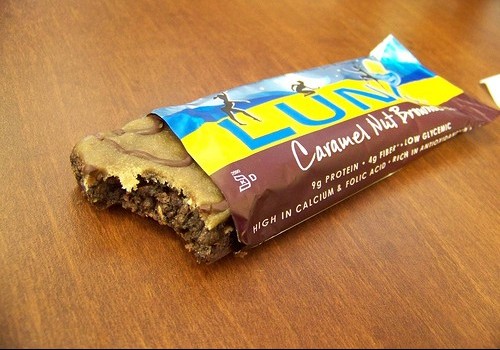
Protein Bar
The package of any protein bar will contain a list of ingredients. The amount of calories contained can be calculated through a simple equation. 1g of carbohydrate = 4 calories 1g of proteins = 4 calories 1g of fat = 9 calories Labels may lie. Do the calculations yourself. Example: A certain protein bar on the market — claiming to have one of the best nutrient profiles — come in 60 gram bars. The ingredient list says 20g proteins, 9g fats, and 22g carbs. The calculated caloric intake according to this is 249 (4x20+9x9+4x22), although the packet says there are only 200 calories. In addition, the weights do not match. 20+9+22 = 51g while the weight of a serving is 60g. There is no accountability for the remaining 9 grams or the extra 49 calories.
- Important notification about information and brand names used in this slideshow!
- Photo courtesy of Brandi Korte by Flickr : www.flickr.com/photos/branditressler/2442102301/
- Williams Basic Nutrition and Diet Therapy
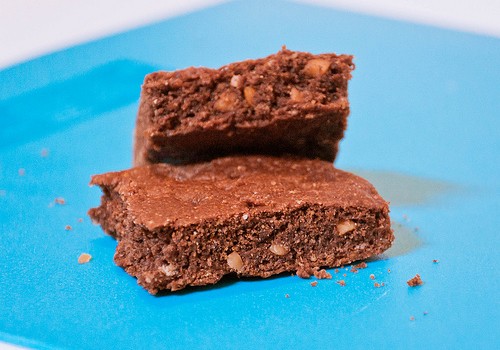
Homemade Protein Bars
There are various recipes on the internet that will help you make the healthiest possible protein bar in the comfort of your own kitchen. Sometimes the ingredients used contain a high amount of calories per unit weight. Honey, for example, (generally around 120 calories per 100g), and cheese (Cheddar cheese has 403 calories per 100g). The main ingredients you use may be very healthy indeed. But the minor ingredients, the preparation method, storage and other factors come into play in a big way. For example honey may be used in preparation of a protein bar in which the “proteins” are indeed healthy while honey is not.
- Important notification about information and brand names used in this slideshow!
- Photo courtesy of Megg by Flickr : www.flickr.com/photos/peachyogurt/8357236729/
- William's Basic Nutrition and Diet Therapy
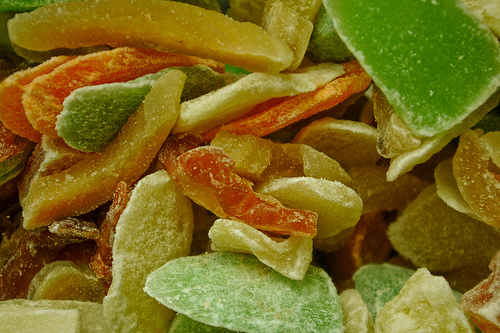
Dried Fruit
Dried fruits carry a significantly higher amount of calories per unit weight than fresh fruits. Water does not have any caloric value. About 60 to 80 percent of the total mass of a plant consists of water. Drying removes all that water but retains the other compounds. Therefore the amount of calories you take in is higher with a 100g of dried fruits compared to 100g of fresh fruits. Example: Fresh apricot contains 74 calories per one serving of 155g. Dried apricot contains 313 calories per one serving of 130g. Therefore calculated caloric values per 100g in fresh and dried apricot respectively are 47.7 and 240.7.
- Important notification about information and brand names used in this slideshow!
- Photo courtesy of Kristof Abrath by Flickr : www.flickr.com/photos/kristofabrath/5181618698/
- caloriecount.about.com/calories-apricots-dried-sulfured-uncooked-i9032
- http://nutritiondata.self.com/facts/fruits-and-fruit-juices/1827/2

Yogurt
There are various types of yogurt on the market, and the final caloric content will vary depending on the ingredients and preparation method. The whole-milk normal yogurt tends to taste makes you feel fuller than low fat yogurt, and you might choose to consume two low fat ones to feel satisfied. In this situation, eating one normal yogurt is a better option than two low fat ones because it prevents you from consuming a significant amount of calories. Whole-milk plain yogurt contains 22 calories per serving of 28g (calculated 78calories per 100g). Added flavorings will increase the total amount of calories.
- Important notification about information and brand names used in this slideshow!
- Photo courtesy of Mercedes Zeditas by Flickr : www.flickr.com/photos/zeditas/2545919534/
- caloriecount.about.com
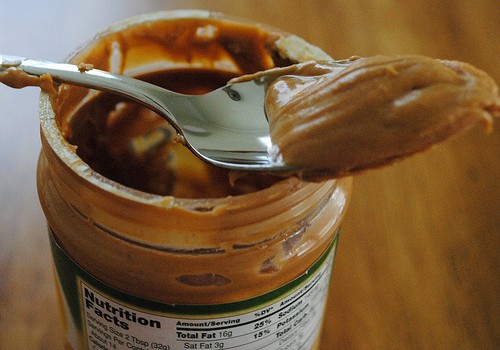
Peanut Butter
Peanut butter is a healthy food with regards to its high monounsaturated fat content. It also gives vitamins E and B and amino acids such as Arginine. It protects against cell damage due to its antioxidant action. Peanut butter is, however, known to cause allergies quite frequently. They can manifest as minor skin rashes, but can also have much more serious consequences such as anaphylactic shock. Peanut butter has a high fat content. Unsaturated fats are better than saturated fats with regards to cholesterol levels and artery plaque formation. But the caloric content is high. Peanut butter made from 100 percent natural ingredients contains 100 calories per serving of 16g. This amounts to 625 calories per 100g.
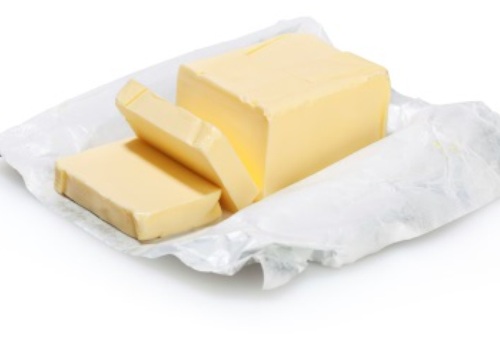
Margarine
There are three main varieties of margarine, used for different purposes. Margarines used for baking (colorless, hard), food spreads made mostly from vegetable oils (many are mixtures of butter and margarine) and margarines used in cooking. Margarines have a high caloric content. Margarine made from 70 percent vegetable oil contains 87 calories per serving of 14g (621 calories per 100g). Regular, hard margarine contains 34 calories per serving of 5g (680 calories per 100g). Original buttery spread margarine contains 100 calories per serving of 14g (714 calories per 100g). One tea spoon full of margarine would be around 5g. It takes about two tea spoons full to cover a slice of bread!
- Important notification about information and brand names used in this slideshow!
- Photo courtesy of Michael Kitt by Picasa : picasaweb.google.com/lh/view?q=margarine&uname=109008901828086469253&psc=G&filter=1#5861813965089879666
- caloriecount.about.com/calories-margarine-70-percent-vegetable-oil-i4629
- http://caloriecount.about.com/calories-margarine-regular-hard-i4071
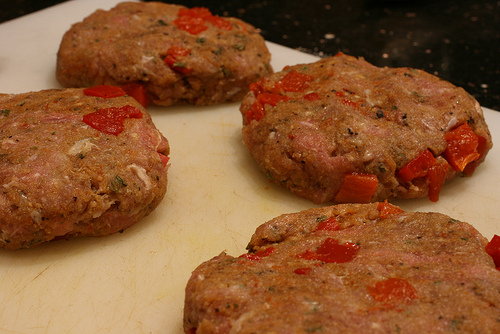
Turkey Burgers
There are more than twenty varieties of turkey burger currently on the market (seasoned, fresh ground turkey, all natural, organic, 99 percent fat free etc.). A burger we buy from a fast food outlet includes the patty, bun, lettuce, and sauce. No matter how fat free the burger patty is, the other ingredients add a large amount of calories to your diet. A fresh ground turkey burger patty contains 150 calories per serving of 112g (133 calories per 100g). All natural turkey burger patty with seasoning contains 200 calories per serving. Raw ground turkey prepared 99 percent fat free contains 125 calories per serving of 112g (111 calories per 100g), and a full burger with a bun, lettuce, turkey burger patty and tomato zest contains 345 calories per serving of 220g (156 calories per 100g).
- Important notification about information and brand names used in this slideshow!
- Photo courtesy of Jessica and Lon Binder by Flickr : www.flickr.com/photos/lonbinder/3205444364/
- caloriecount.about.com/calories-better-burger-turkey-i57717
- http://caloriecount.about.com/calories-foster-farms-turkey-burger-patties-i90149
- http://caloriecount.about.com/calories-jennie-o-turkey-burgers-i262229
- http://caloriecount.about.com/calories-jennie-o-ground-turkey-i115182
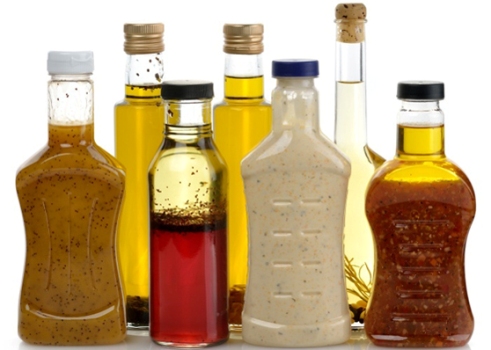
Salad Dressing
While bringing a variety to your daily diet, salad dressings also add an ample helping of calories onto it. Vegetables indeed sound healthy, but but if you take the large quantity of additives we use to make a tasty salad into account, the calorie-conscious eater isn't so satisfied any more. There are hundreds of salad dressing recipes on the internet, as well as plenty of ready-made ones in stores. A caesar dressing contains 130 calories per serving of 30g (433 calories per 100g). Mayonnaise contains 40 calories per serving of 15g (266 calories per 100g). Coleslaw contains 100 calories per serving of 28g (357 calories per 100g).
- Important notification about information and brand names used in this slideshow!
- Photo courtesy of Gaiam by Picasa : picasaweb.google.com/lh/view?q=+salad+dressing&uname=109008901828086469253&psc=G&filter=1#5867858261957497682
- caloriecount.about.com/calories-litehouse-caesar-dressing-i105317
- http://caloriecount.about.com/calories-hellmanns-mayonnaise-i125715
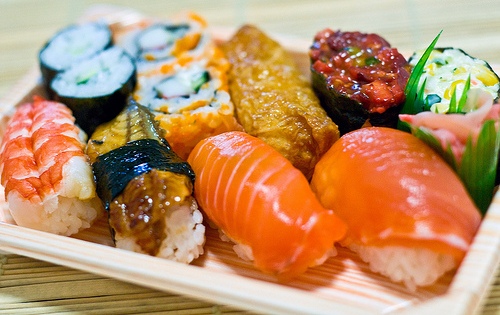
Sushi
Despite looking healthy, sushi has a very high caloric content. Various add-ons that inevitably go into it will only increase the caloric intake. The rice content is high compared to its vegetable content, giving you a high carb intake. The carb amount of a large sushi roll will exceed that of 3 slices of bread. In a balanced diet there should be an adequate amount of carbs, proteins and fats in ideal proportions. California roll sushi contains 130 calories per serving (4 pieces) of 140g (92 calories per 100g). Berries and cream rice Krispie sushi roll 330 calories per slice. PB and banana rice Krispie sushi contains 320 calories per slice.


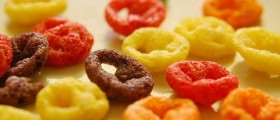
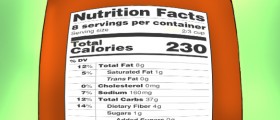






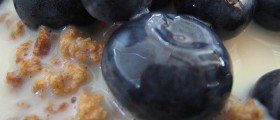


_f_280x120.jpg)
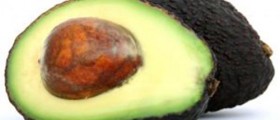
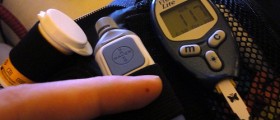

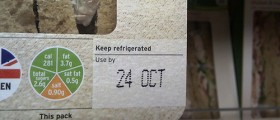


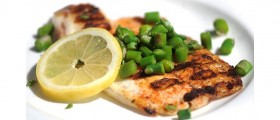
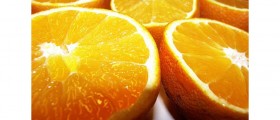





Your thoughts on this
Loading...